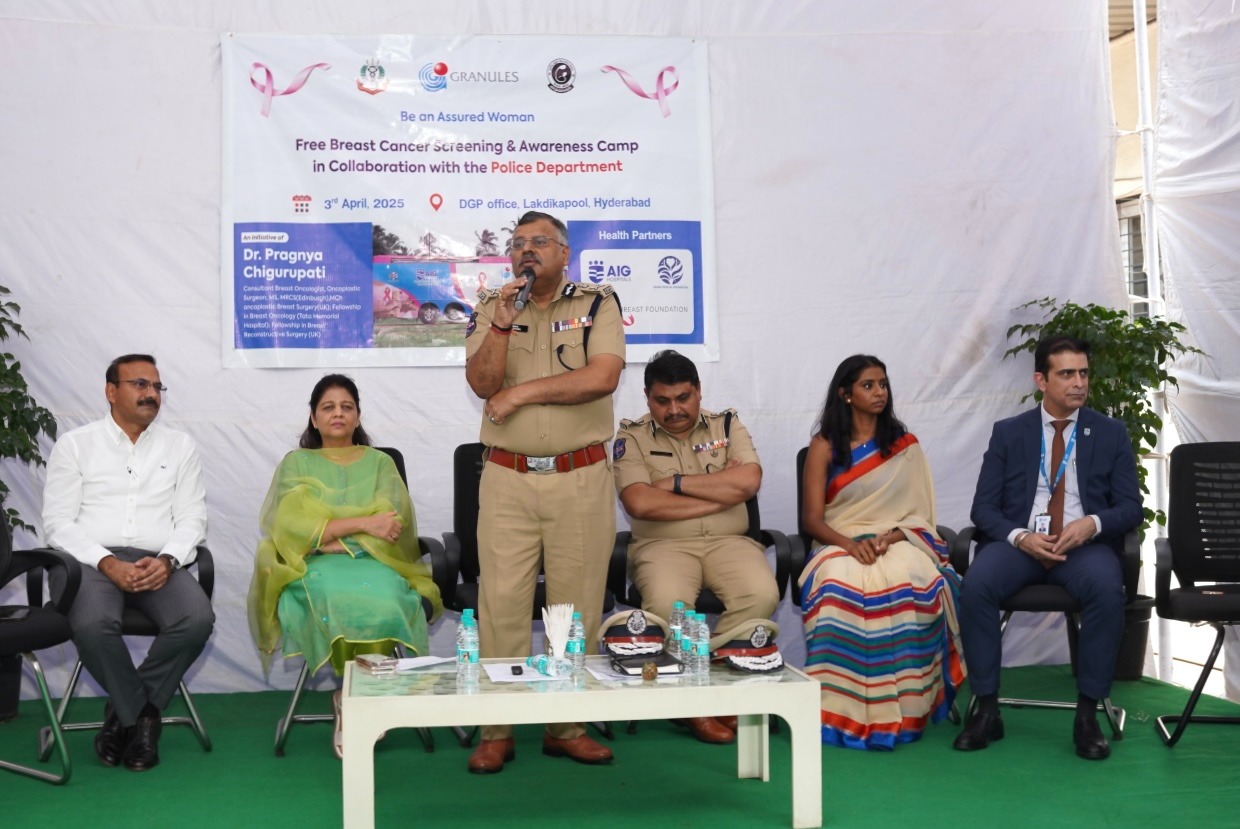Fujifilm India unveils PORTABLE X-RAY UNIT FDR Xair XD2000
Supported by Fujifilm’s advanced image processing and detector technology, the FDR Xair offers instant, portable handy screening of Tuberculosis at any remote location With its compact design, the portable technology reflects Fujifilm’s camera heritage,

- Supported by Fujifilm’s advanced image processing and detector technology, the FDR Xair offers instant, portable handy screening of Tuberculosis at any remote location
- With its compact design, the portable technology reflects Fujifilm’s camera heritage, offering easy handling and intuitive operation for the radiographer
Fujifilm India Private Limited, announces today the launch of FUJIFILM’s first portable X-ray device that can easily be used in environments where space and resources are limited, providing quick and easy access to diagnostic imaging through its lightweight, battery powered PORTABLE X-RAY UNIT FDR Xair XD2000 (hereafter, “FDR Xair”).
FUJIFILM has created this new style of ultralight, compact, portable, and battery powered X-ray device to be both functional and ergonomic with a modern and stylish appearance for usage in the various medical treatment settings ranging from patients’ homes, in elder-care facilities, in emergencies care setups, at natural disaster sites, military field hospitals, sports medical facilities, coal mines, veterinary applications etc., to serve patients with extremely reduced mobility, thereby giving more freedom in X-Ray imaging by giving access to otherwise difficult scenarios.
Moreover, this product will be instrumental to serve the rapidly growing worldwide demand for portable X-ray equipment to facilitate successful treatments in medical facilities, tackling the outbreak of COVID-19 and with the TB screening programs in the remote places leveraging the combination of deep learning in its Artificial Intelligence (AI) Technology with Fujifilm’s image processing heritage.
The exterior design of this unique X-ray device FDR Xair is inspired by FUJIFILM’s cumulative knowledge of camera development and flourishing its culture around it attributing to its lightweight (around 3.5 kg), compactness and user friendliness i.e. can be easily carried, handled, and operated easily.
FDR Xair can be used in combination with FUJIFILM FDR D-EVO II Flat Panel Detector for a portable, high image quality, low dose X-ray examination.
The aforementioned detector coupled with the Virtual Grid, an image processing software that corrects for the effects of scatter radiation that otherwise reduce image contrast and clarity, thereby creating high quality images and reducing the radiation dose to which patients are exposed too.
Commenting on the announcement Mr. Haruto Iwata, Managing Director, Fujifilm India said, “With an aging population and the ongoing threat from the coronavirus pandemic, community healthcare has become ever more important. At Fujifilm India, our mission is to create increased awareness on early detection, regular screening, consistent examinations, and also provide the platform to promote self-diagnosis measures. Staying true to our commitment, we have introduced the FDR Xair, which aims to offer a reformed way of imaging patients in non-clinical ways with the potential to transform radiography services in India. With the option of conducting diagnosis and screening of Tuberculosis at any given location, our new mobile FDR Xair system will provide the much-needed screening solution at any given point of time anywhere.”
Commenting on the launch Mr. Chander Shekhar Sibal, Senior Vice President, Fujifilm India said, “With our new FDR Xair, patients will benefit from community imaging and the radiology services in hospitals will also experience a corresponding reduction in workload. Fujifilm has a long history of introducing profoundly new and effective technologies to the market for medical imaging, and FDR Xair will definitely enable our clients to understand how they can offer their services in a new way to satisfy the changing demands of an ageing society. The attractive appearance can also mean the patient feels less intimidated by the prospect of an x-ray.”






